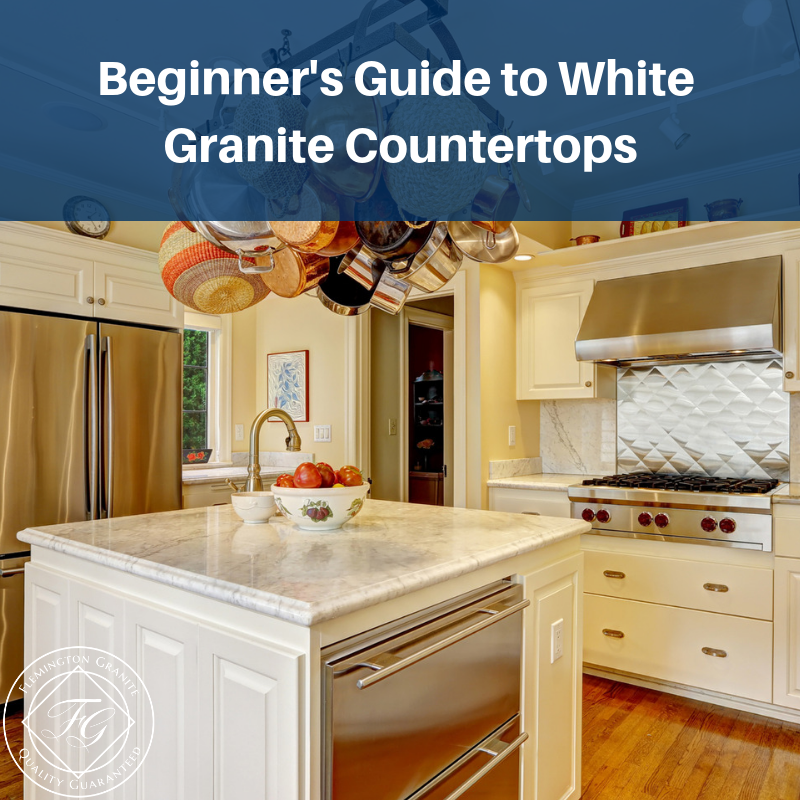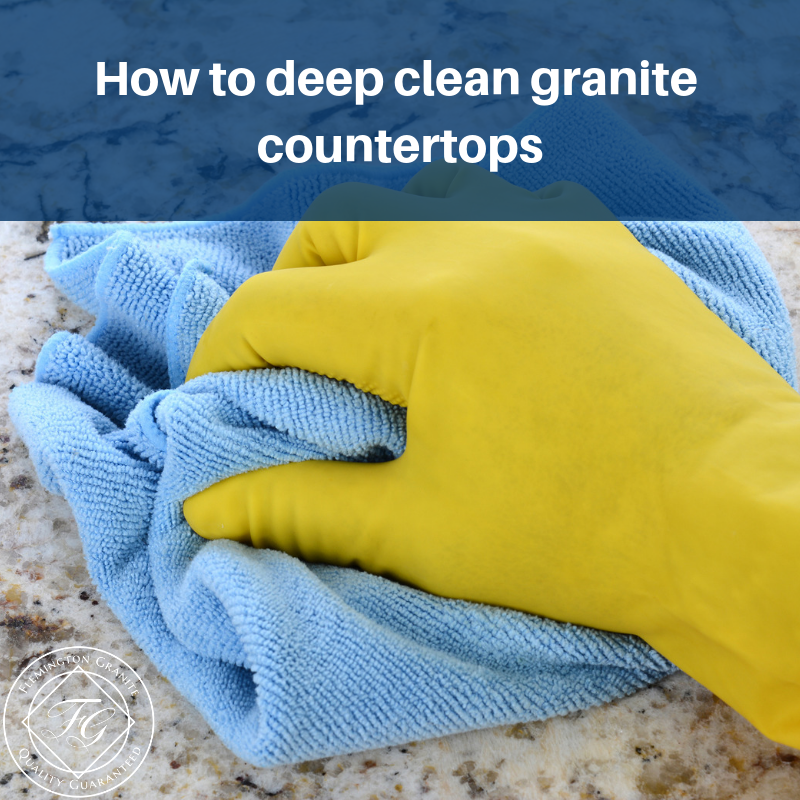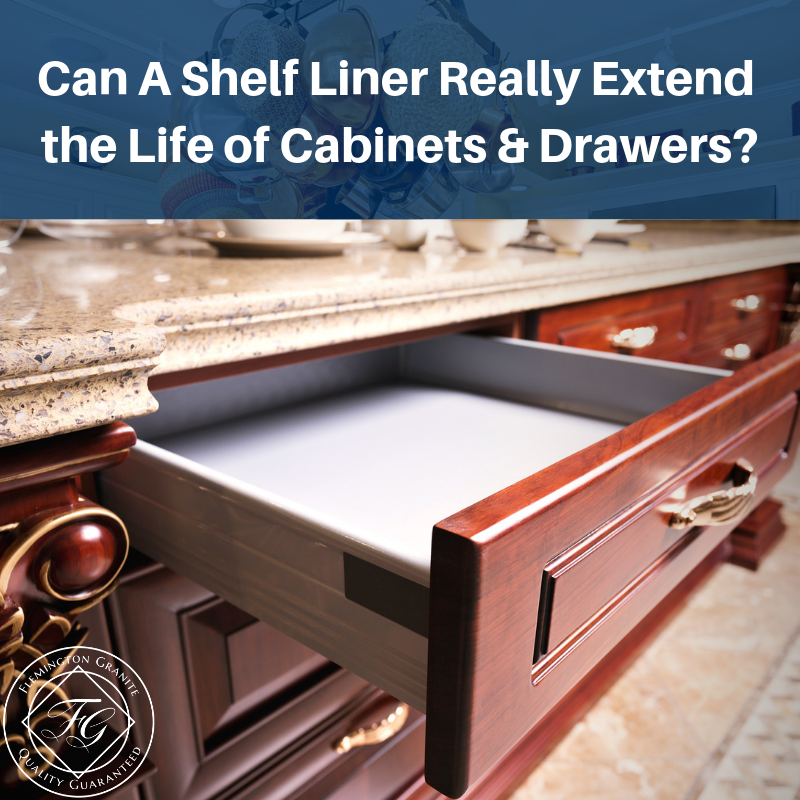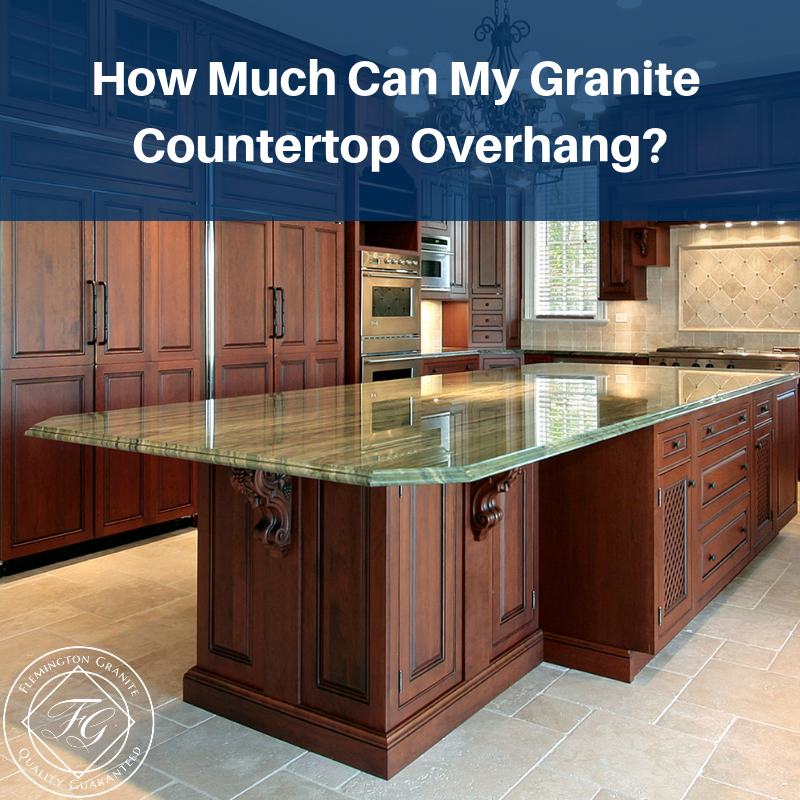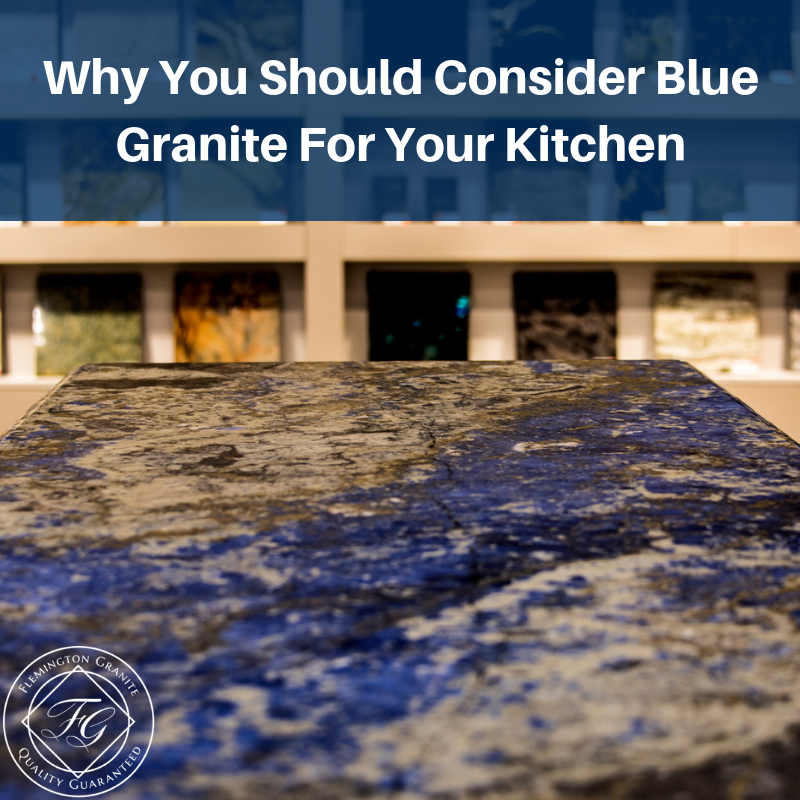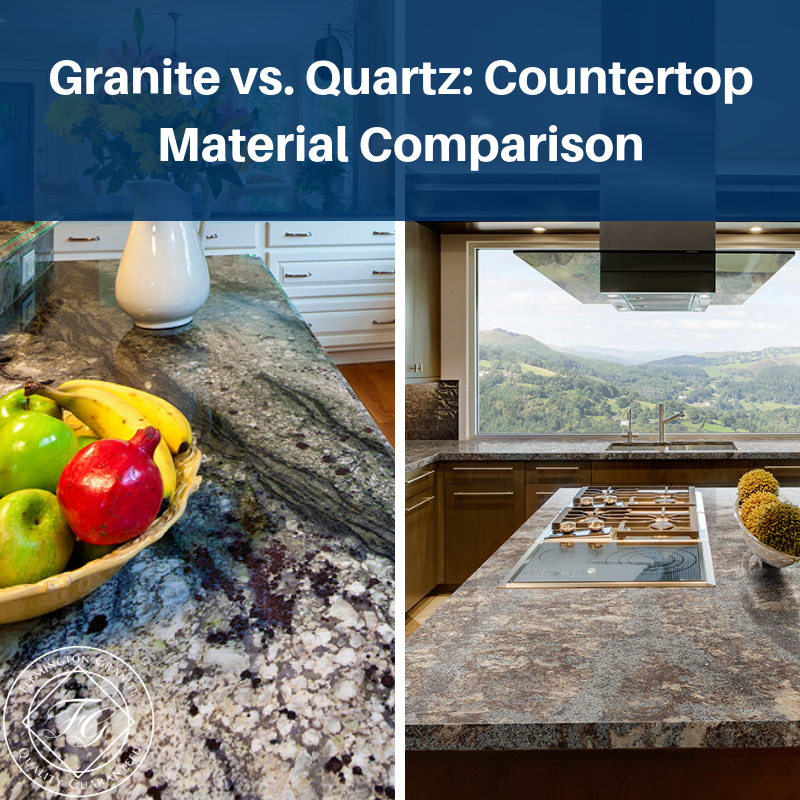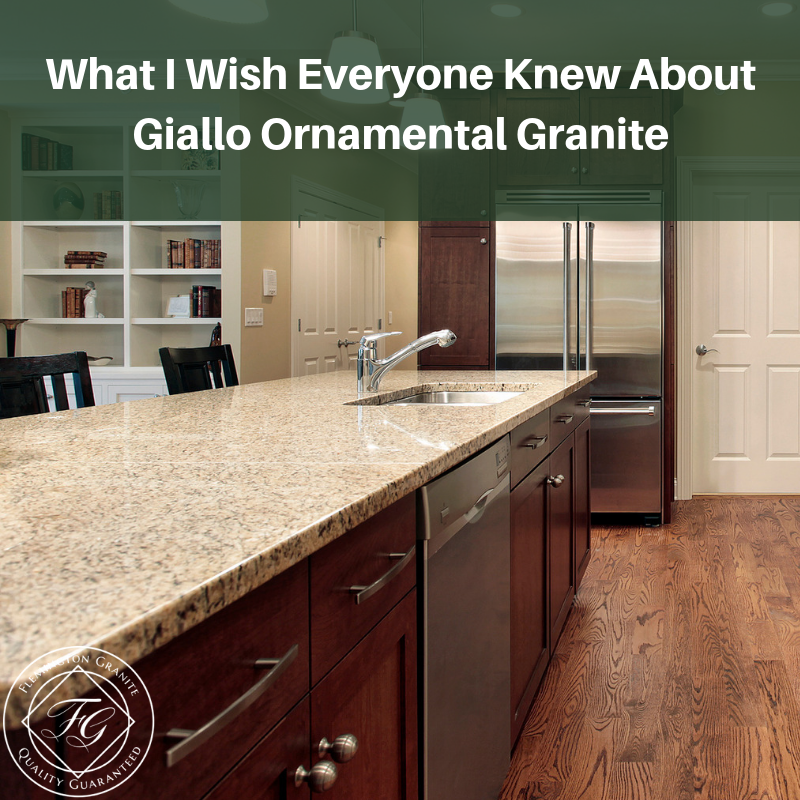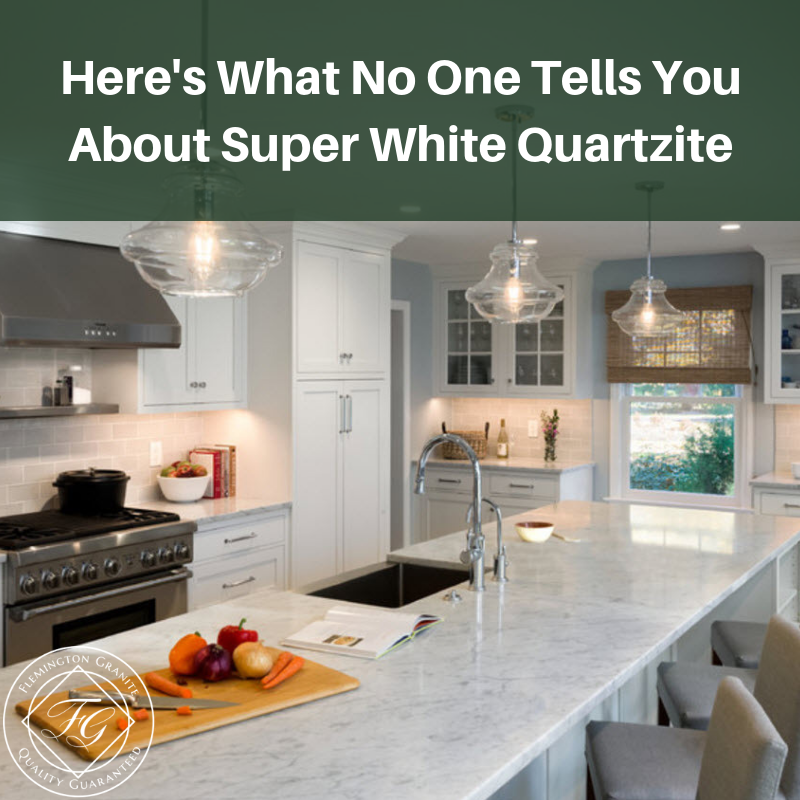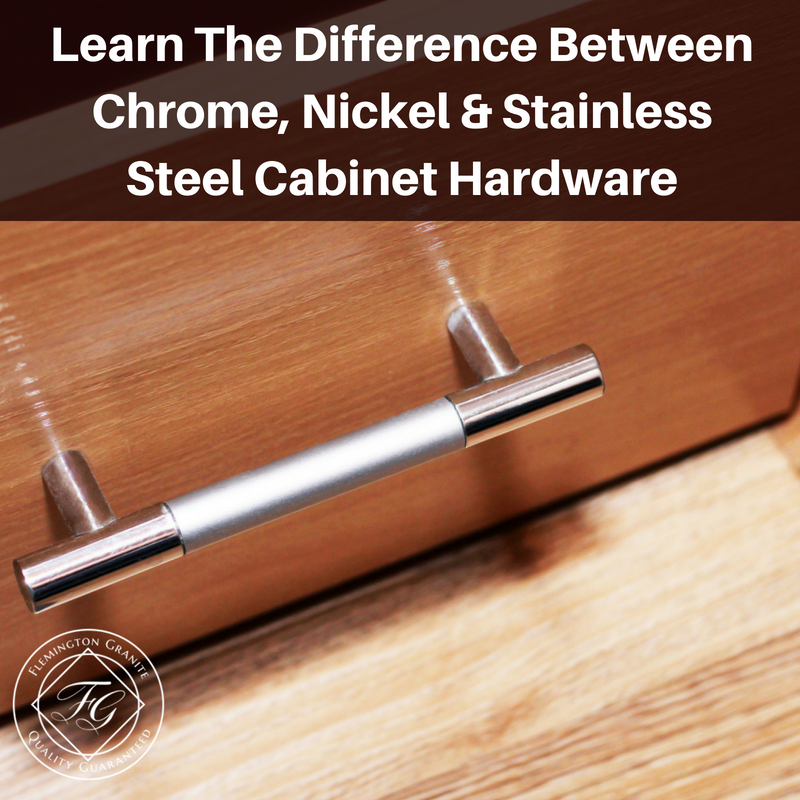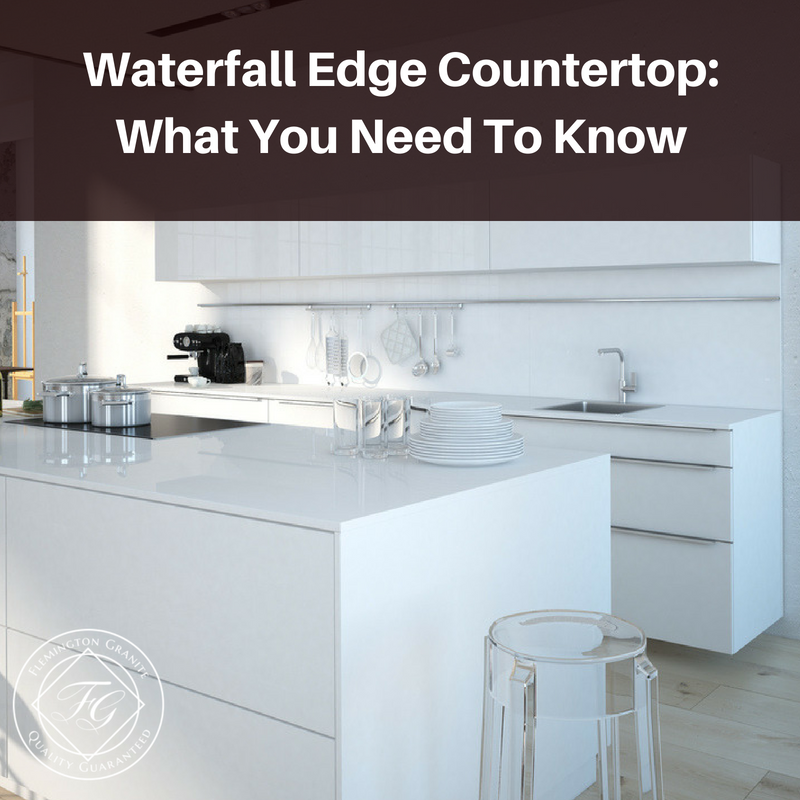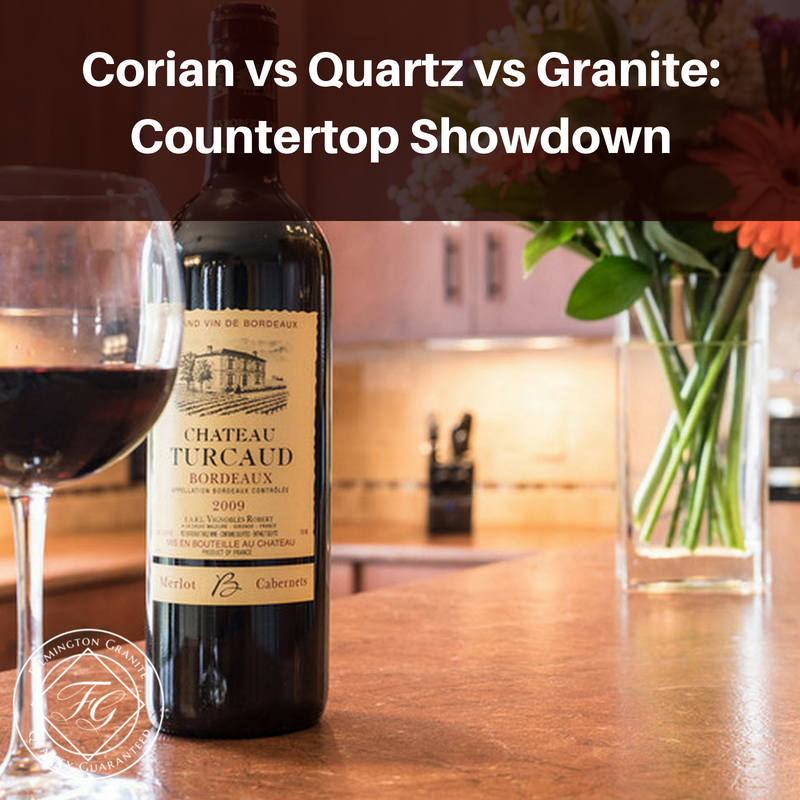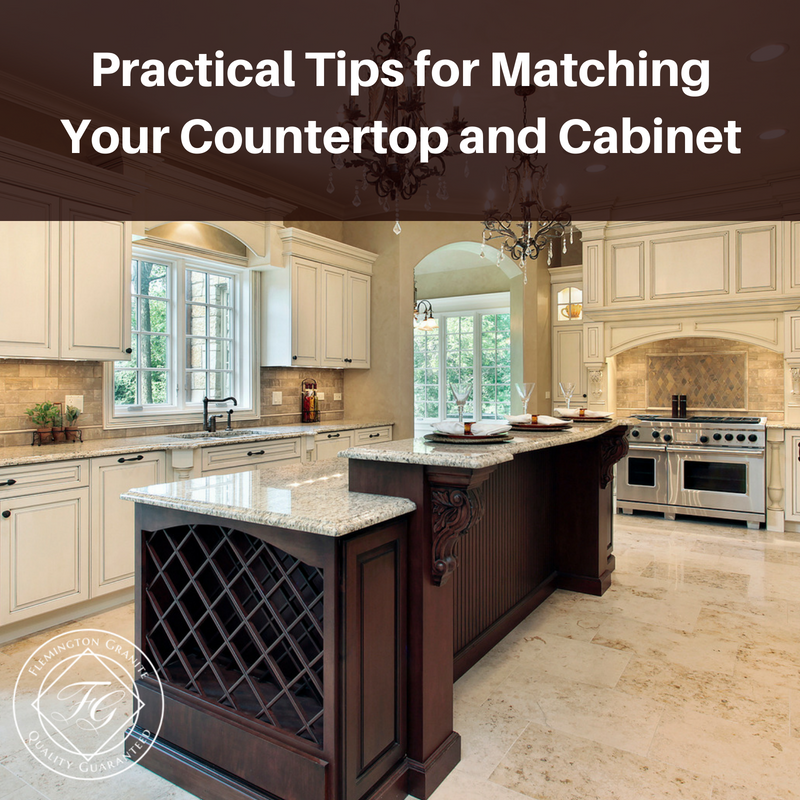Fireplaces are a classic fixture in many homes across the world. Even in hot, tropical parts of the world, it’s not uncommon to have an attractive, elegant fireplace in the living room or wherever your home’s social focal point is.
Once considered a prohibitively expensive thing for middle or lower class homes in America, modern materials and building techniques make a fireplace an affordable and lovely addition to even small, affordable homes.
But, you may have some apprehension or concerns when it comes to something like this, especially if you’ve never owned a fireplace before. Are they dangerous? How do you care for them? Are there reaching ramifications to having one? Today, we’re going to address five of the most common questions about fireplaces, and put your mind at ease.
Are They Safe?
This, understandably, is the biggest question most people have about fireplaces. Fire is dangerous, and is one of the most destructive forces in nature. Wild animals fear it for a reason, after all. So, is a fireplace safe? The short answer is, a fireplace is not in and of itself unsafe. It’s all about proper measures and precautions:
- – If you have children, encourage them to maintain a safe distance from the fireplace (no closer than the hearth), and enforce rules regarding touching the doors or mesh, which can get quite warm.
- – Contain embers by keeping the mesh or metal screen in place and closed while a fire is lit. Keep flammable materials well away from the heat source or direct path embers or sparks could traverse.
- – Be sure that your fire extinguishers are in working order every time, before lighting a fire.
- – Be sure your carbon monoxide and smoke detectors are in working order every time you light a fire.
If you follow these simple rules and common sense practices, your fireplace will not be dangerous at all to use.
I Have a Gas Fireplace – Why Does It Smell?
Natural gas and propane, on their own, have no strong smell. As a result, if pure, unprocessed natural gas were to leak, you’d be unaware of its presence until it either poisoned you, or your house ignited in a cinematic fireball. As a result, gas providers mix in an additive with a distinct, unpleasant smell to it that makes you immediately aware of the gas’ presence.
If your fireplace has this smell, it means the gas valve is open.
Are They Efficient?
That depends on the fireplace, and your house. Wood-burning fireplaces are delightful, especially at Christmas time. But, for all their charm and timelessness, they’re a tremendously wasteful way to heat modern homes.
Hot air rises, which means most heat produced by a traditional wood-burning fireplace will escape through the chimney, the remainder only heating the nearby area. It won’t, in fact, heat the entirety of the room the fireplace is in, unless it’s a closed in, small, well-insulated room. Wood-burning fireplaces are meant for their charm, not their ability to heat your house.
Gas fireplaces, on the other hand, are much more efficient both in their fuel use and conveyance of heat. Many of them have vents that can push the heat outward, or don’t use a chimney at all, meaning the heat has nowhere to go but out into the room. While you may initially scoff at the idea, a lot of modern gas fireplace designs look, sound and feel like traditional wood fireplaces!
How Do I Use My Wood-Burning Fireplace?
Okay, you’re ready to use your wood-burning fireplace. How do you do this safely and properly? Five simple steps!
- – Inspect your chimney – make sure the chimney isn’t clogged. Do this yearly, and have a certified professional handle it.
- – Preparation – Clean the old ashes out (once cool), and make sure the damper is open.
- – Wood – You need wood. Gather up some seasoned wood that’s been dry for at least half a year, or a year if possible. It should have a hollow, “thunk” sound when knocked together. It will have a dark, cracked look on the ends, which tells you it’s perfect for burning. To ensure you have a long-lasting fire, lay out your wood evenly on the grates, with room for air to travel through it. Ball up paper under the grate, to start the fire from below – fire and heat rise, and need air.
- – Flue – Heat the air in the flue for good convection. Before lighting your fire, burn some paper up near the flue, with it open, until you see smoke escape up the chimney reliably.
- – Light the Fire – Light the paper under the grate. If the fire tries to go out, gently fan it or use bellows moderately.
Pretty easy, right?
How Often Should Chimneys Be Cleaned?
You should have your chimney inspected by a professional yearly. Build up can prevent air flow and even result in chimney fires. You want neither of these to happen! The professional will recommend a cleaning if necessary.
To learn more about fireplace safety, the many types available, and how to care for one, fill out our contact form or call us today!



